Q & A with Dr. Kristian Häggblom PSC's Masters program’s co-creator, on the two exhibits to visit during PHOTO 2021
This week it was announced that two of PSC’s Master of Arts Photography (MA) students will reopen their multi-media exhibitions for an extended period – following Melbourne’s recent five-day lockdown. We talk to PSC’s Masters Convenor Dr. Kristian Häggblom about their current shows and what makes them so cutting-edge.
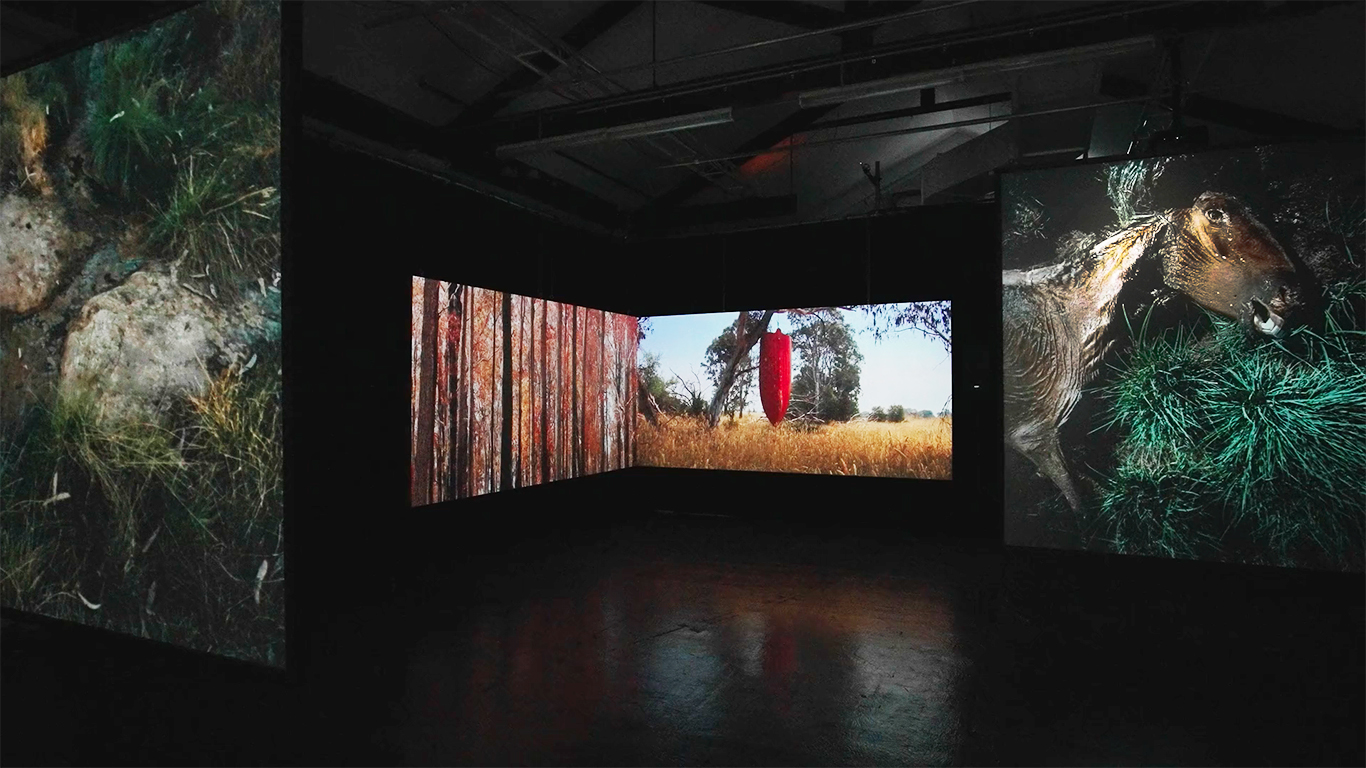
Still from PSC Masters student Tom Goldner's 'Do Brumbies Dream in Red?' exhibition.
PSC Masters students Tom Goldner and Emmaline Zanelli’s final project exhibitions recently launched at the Melbourne Meat Market Stables but then were closed due to Covid. They have now re-opened and been extended. How would you describe their installations, which encompass photography, video, poetry, music and large scale projections?
KH: Yes, it is great that their exhibitions have been extended. In a word – spectacular! They have both worked really hard and the results are very good. I can’t say much because they are presently being assessed, but the experience is very immersive and engaging. You need to spend some time with each work – to both look and listen. The first day I visited during installation I was blown away.
Tom’s focus is on the environment, and Emmaline’s is based around labour and family relations through her relationship with her working-class grandmother – are there any links between the projects and to the larger contemporary art/photography scene internationally?
KH: They are both big and very relevant themes. I consider them conceptually macro (global environmental mismanagement) and micro (personal relations to family and memory) but they are both as equally important. The soundscapes from both videos link the work very well and I know the students worked on this – even up to the last minute in the space to ensure the sound made sense across both exhibitions. I encourage people to move around in the gallery and listen to how the sound works across the building.
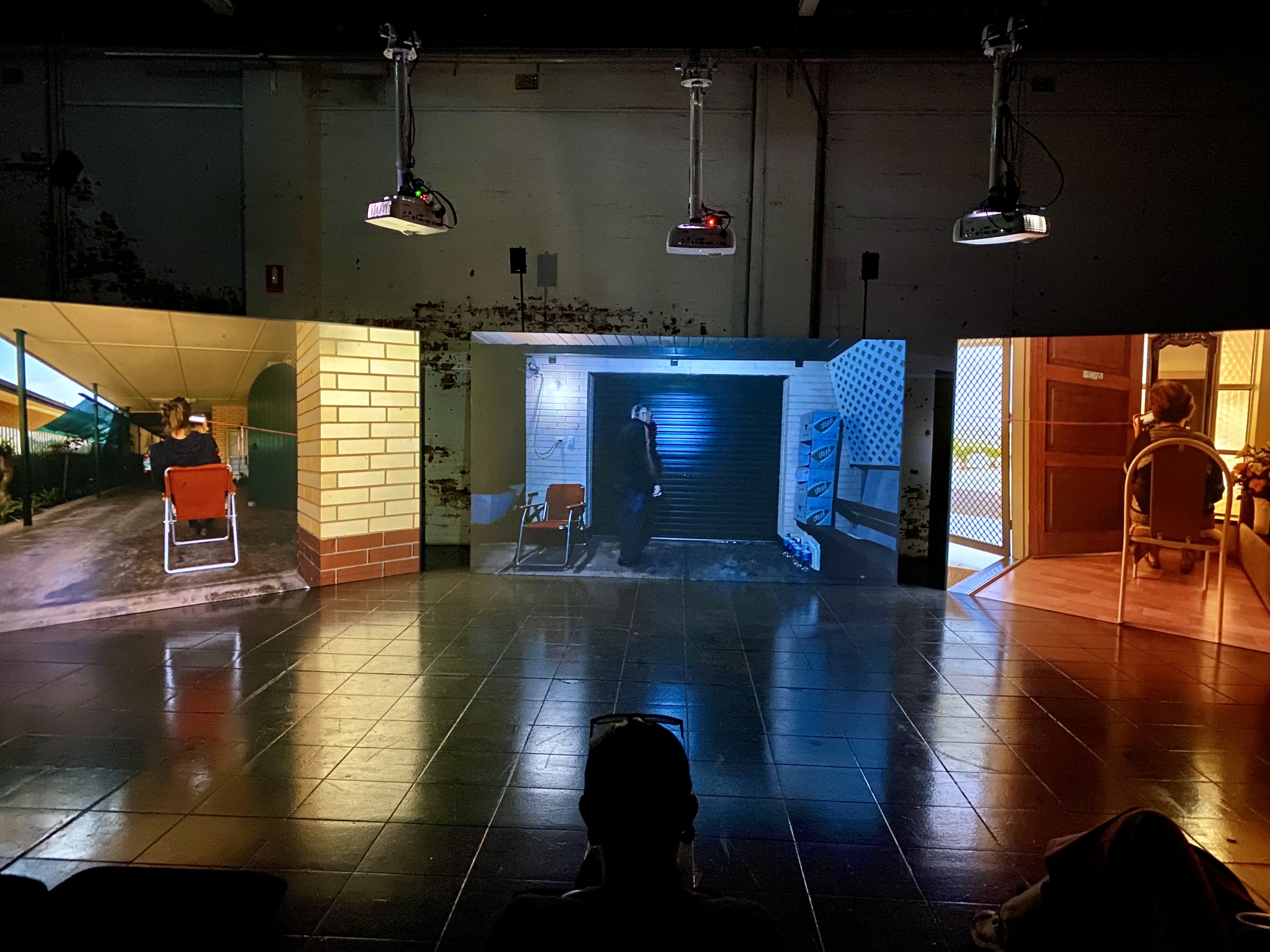
Still from PSC Masters student Emmaline Zanelli's 'Dynamic Drills' exhibition
Both have chosen video as a core component of their work. The experience in the gallery is quite spectacular. How do you keep the course at the cutting edge of technology and students at the forefront of what is available to them as artists?
KH: It is largely due to the diversity of staff that teach on the program. We all have different areas of interest and expertise. It is also about national and international contacts and keeping an eye on what is happening around the globe. Technically, if students (or staff) need to work something out there is a staff member that can help.
Tom’s focus is on the environment, and Emmaline’s is based around labour and family relations through her relationship with her working-class grandmother – are there any links between the projects and to the larger contemporary art/photography scene internationally?
KH: They are both big and very relevant themes. I consider them conceptually macro (global environmental mismanagement) and micro (personal relations to family and memory) but they are both as equally important. The soundscapes from both videos link the work very well and I know the students worked on this – even up to the last minute in the space to ensure the sound made sense across both exhibitions. I encourage people to move around in the gallery and listen to how the sound works across the building.
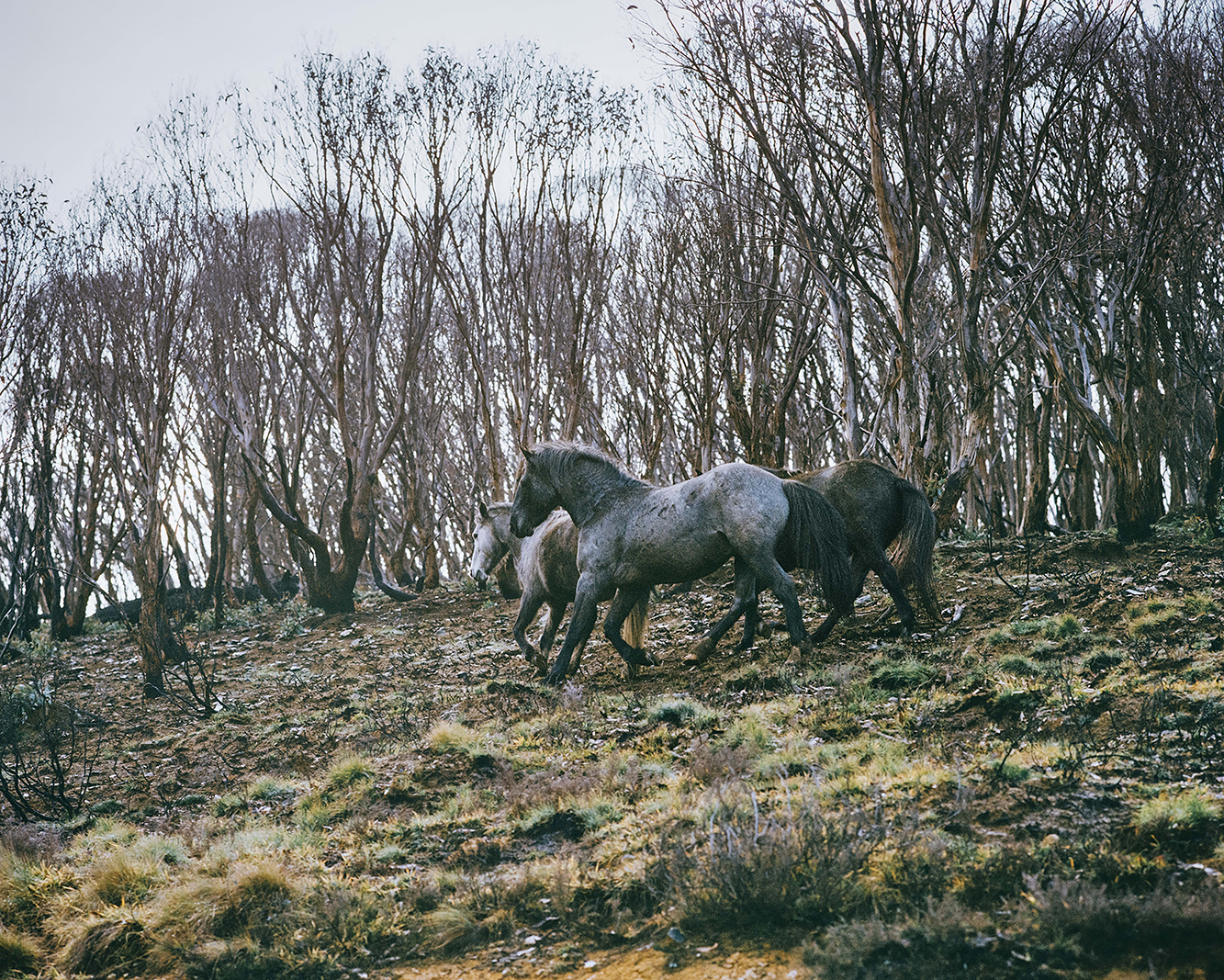
© Tom Goldner, 'Do Brumbies Dream in Red?'
How long do shows like these take to create? And how do you and PSC lecturers of the MA guide students through this process?
KH: The MA is a three-semester program and students write a proposal as part of the application process so often they come with ideas and projects that may have already begun or they have been thinking about for a long time. We guide them through the whole process and they get a lot of feedback from inside the college and also from external professionals.
How are other industry networks involved?
KH: For this particular exhibition there was a lot of industry involvement – especially technically-wise. Some examples are the book printers for Tom, the tech installation crew at the gallery and the editing assistance for the video works.
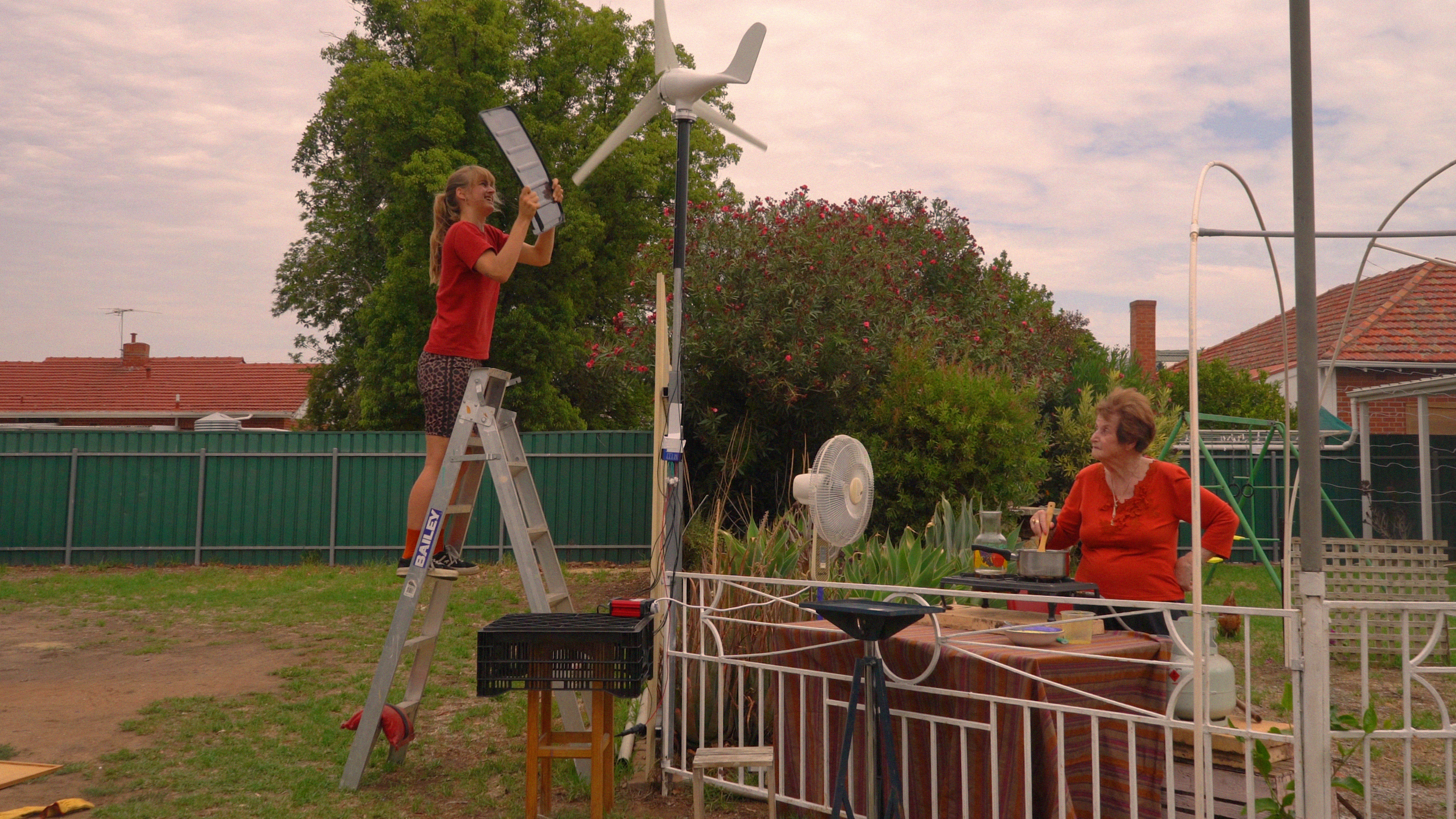
© Emmaline Zanelli, 'Dynamic Drills'
It’s great to see students joining forces to exhibit in the same venue albeit separately. What are the benefits? How are relationships forged during this course and does this continue beyond graduation?
KH: Yes, it is great to have the exhibitions in the same venue. Although it is not a collaborative artwork they certainly work collaboratively to make it happen – all the way through from installation to promotion. Certainly, they all continue to socialise and network. In fact, I think we are having a BBQ this weekend (if permitted).
Emmaline and Tom are included in the Photo 2021 Festival program and this will create great exposure and future networks? How does the program/PSC help facilitate this?
KH: All PSC staff are connected to other projects, galleries, events, etc. So, we try ad involve students as much as possible. Not just as volunteers but actually presenting and engaging with programs. In the MA students present their work many times across the three semesters so this prepares them, especially to talk about there work.
-jpg-1.jpeg)
© Tom Goldner, 'Do Brumbies Dream in Red?'
Excitingly, Tom is featured in the British Journal of Photography (BJP). How do you encourage MA students and give them the confidence and skills to be included in such prestigious publications?
KH: This is a fantastic. One of our goals is to get students recognised, not only in Australia, but also globally.
How does the MA program differ from other postgraduate courses?
KH: PSC's Dean of Photography Daniel Boetker-Smith and I did a lot of research before we wrote the program. We want to engage students to think experimentally and critically so we ensure students get a lot of feedback on campus and from international mentors and guests so they are constantly thinking about their work and the outcomes.
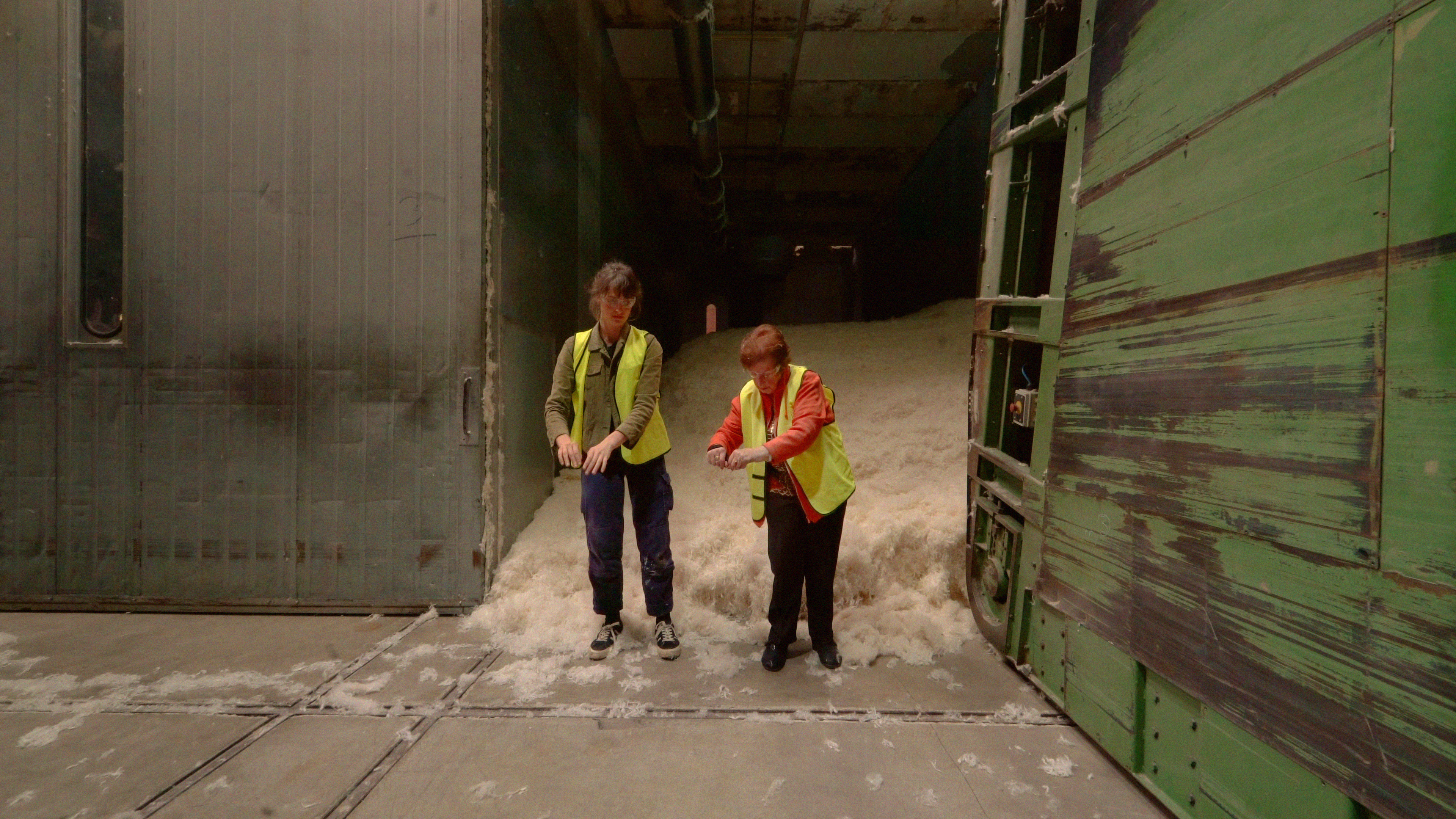
© Emmaline Zanelli, 'Dynamic Drills'
Are the teaching staff (including yourself) working in the industry and what connections does this foster?
KH: All the staff are very active and constantly working on projects, so the students see and learn firsthand how outcomes are produced. These include running galleries, curating, writing, artists residencies, etc. For example, and excitingly, Hoda Afshar is about to release a book with London-based publisher MACK Books.
The course is known for its international and national mentor program. Who are some of the notable mentors that have assisted students?
KH: There have been so many to date. They usually create a great working relationship, and this often extends beyond the mentor period, some examples are: (locally) Jessie Boylan, Rohan Hutchinson, Abdul Abdullah, Jo Scicluna and Siri Hayes; (internationally) Louis Porter (UK), Regine Petersen (DE), Clare Strand (UK), Hajime Kimura (JP) and Robert Zhao Renhui (SG).
Both of our Masters students shows are held at The Stables at the Melbourne Meat Market in North Melbourne and have an extended run from 19 to 28 February 2021.
Book for Free
Tom Goldner's 'Do Brumbies Dream in Red?' exhibition here.
Emmaline Zanelli's 'Dynamic Drills' exhibition here.
PSC's Master of Arts Photography Program starts 1 March – and it's not too late to enrol.
